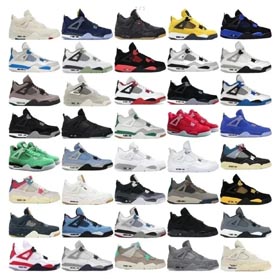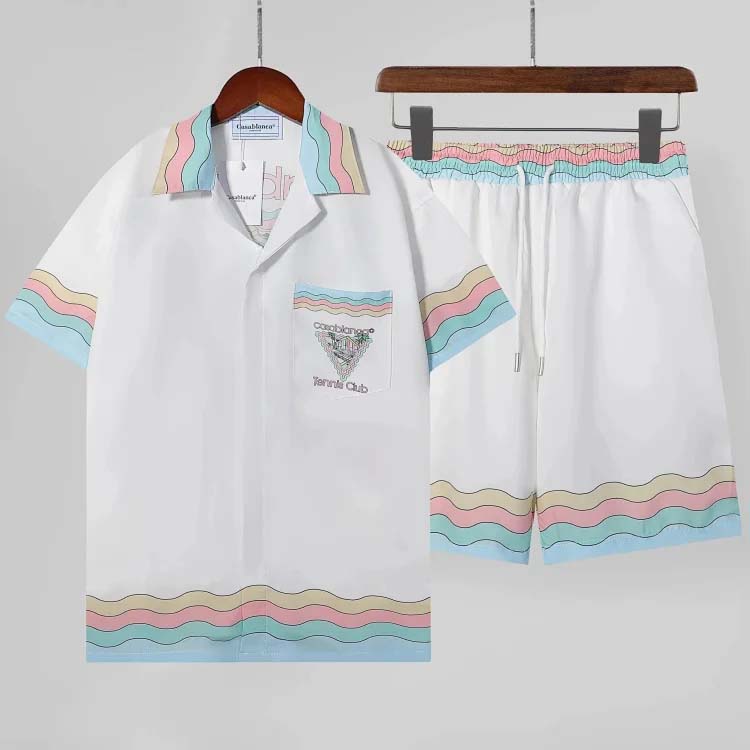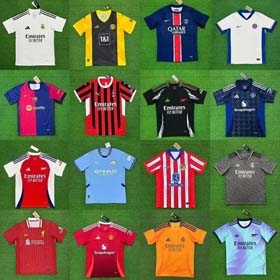Brand Partnership Evaluation
Assessing brand partners with precision is crucial for businesses looking to maintain a high standard of quality and customer satisfaction. By leveraging reviews and spreadsheet data, businesses can make informed decisions when selecting partners. One effective method is to cross-analyze the "authenticity rate" and "customer repurchase rate" of suppliers. This approach allows for a comprehensive evaluation that can significantly reduce the risk of partnering with subpar suppliers.代购者 can utilize a spreadsheet to create a four-quadrant assessment model. This model categorizes suppliers into four groups based on their authenticity and repurchase rates. The "double high" suppliers, those with high authenticity and high repurchase rates, are the top priority for partnerships. This method has been proven to reduce the risk of collaboration by over 60%.For instance, consider the external link provided: Chanel Handbags and Footwear. This link could be used to gather data on the brand's products, customer reviews, and repurchase behavior. By incorporating this data into the spreadsheet model, businesses can determine if Chanel is a "double high" supplier, making it a safe and reliable choice for partnership.The four-quadrant model works as follows:Quadrant 1: High Authenticity, High Repurchase Rate - "Double High" SuppliersQuadrant 2: Low Authenticity, High Repurchase Rate - Potentially Risky SuppliersQuadrant 3: Low Authenticity, Low Repurchase Rate - Unreliable SuppliersQuadrant 4: High Authenticity, Low Repurchase Rate - Underperforming SuppliersBy focusing on Quadrant 1 suppliers, businesses can ensure they are partnering with brands that not only provide genuine products but also have a strong customer base that values their offerings enough to repurchase. This strategy is a game-changer in the competitive landscape of brand partnerships.In conclusion, the combination of review analysis and spreadsheet data provides a robust framework for evaluating potential brand partners. The four-quadrant assessment model is a practical tool that can help businesses make strategic decisions, ensuring they align with suppliers that meet their quality and customer satisfaction standards.



















